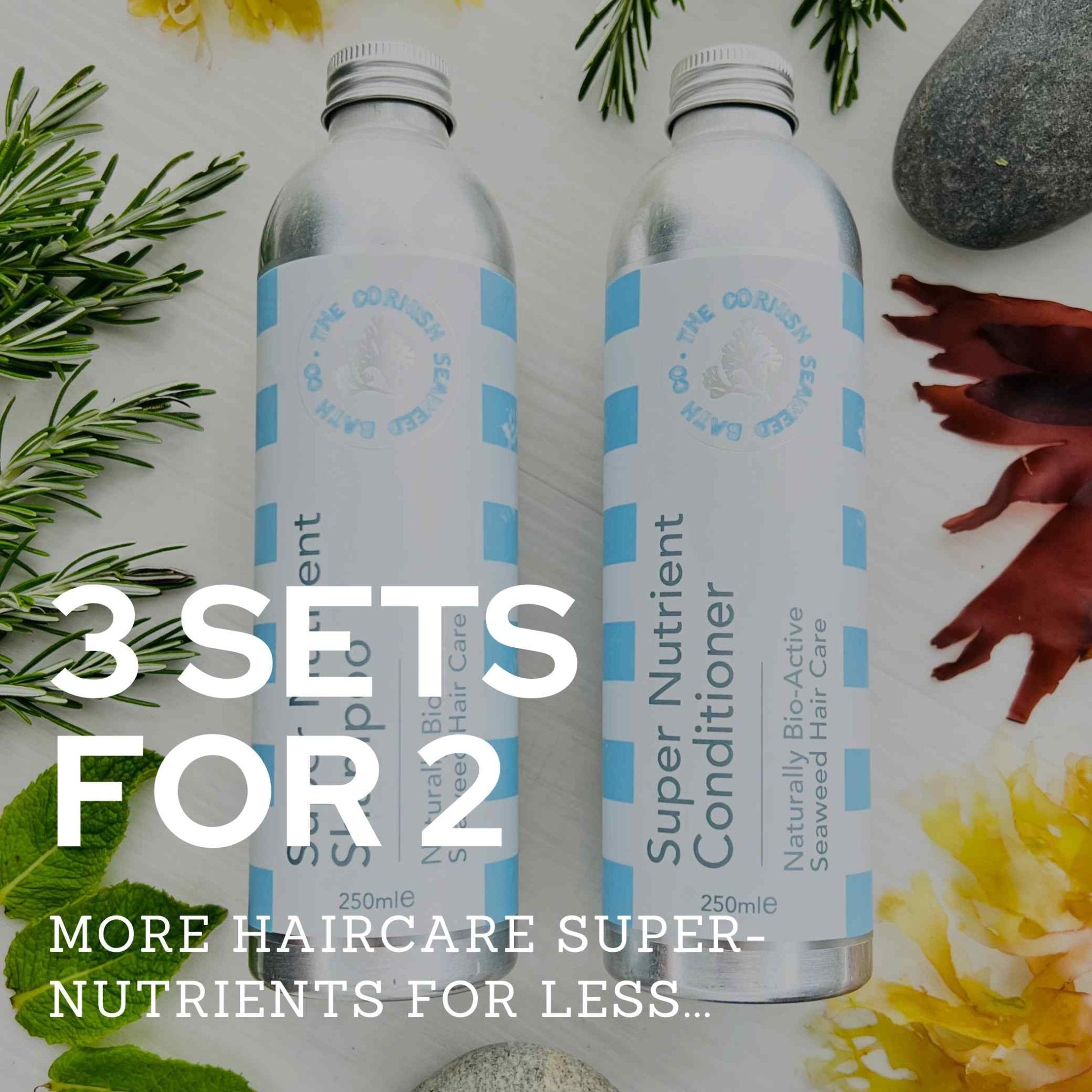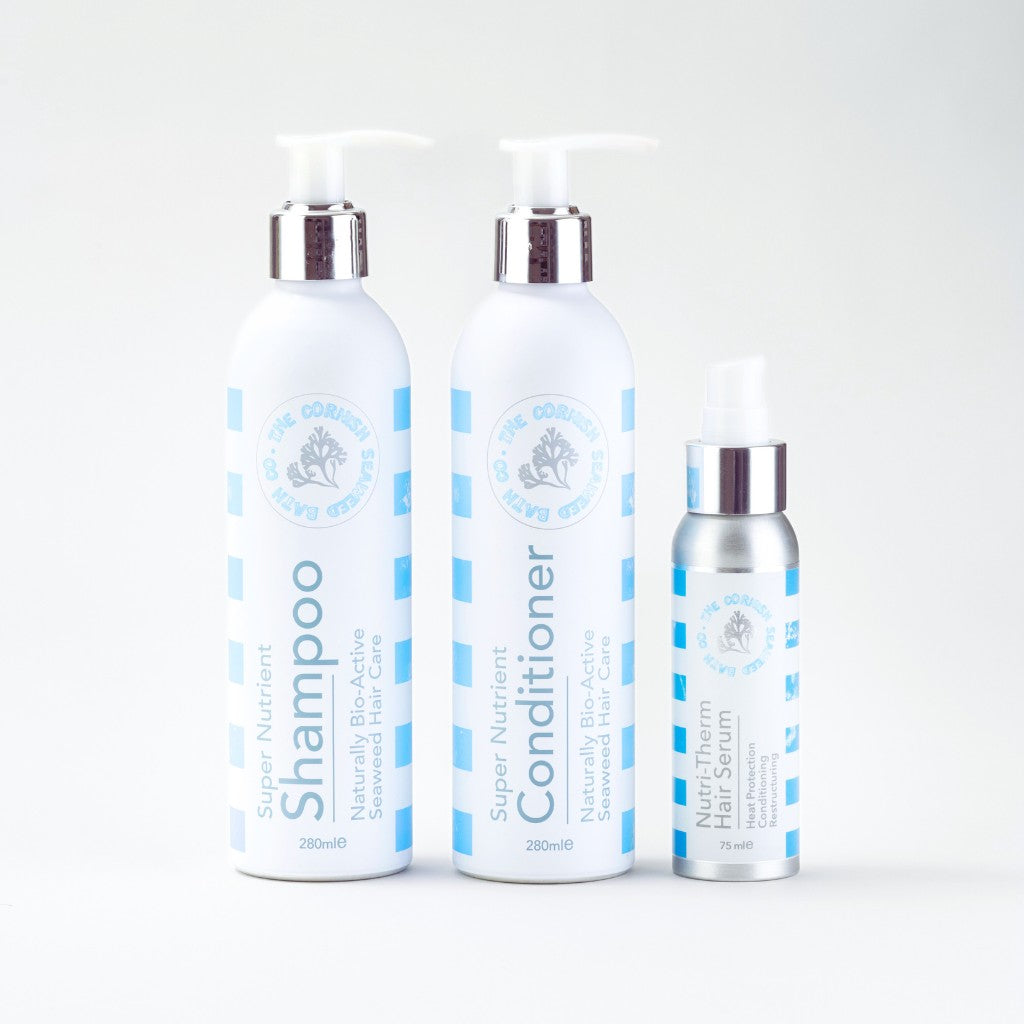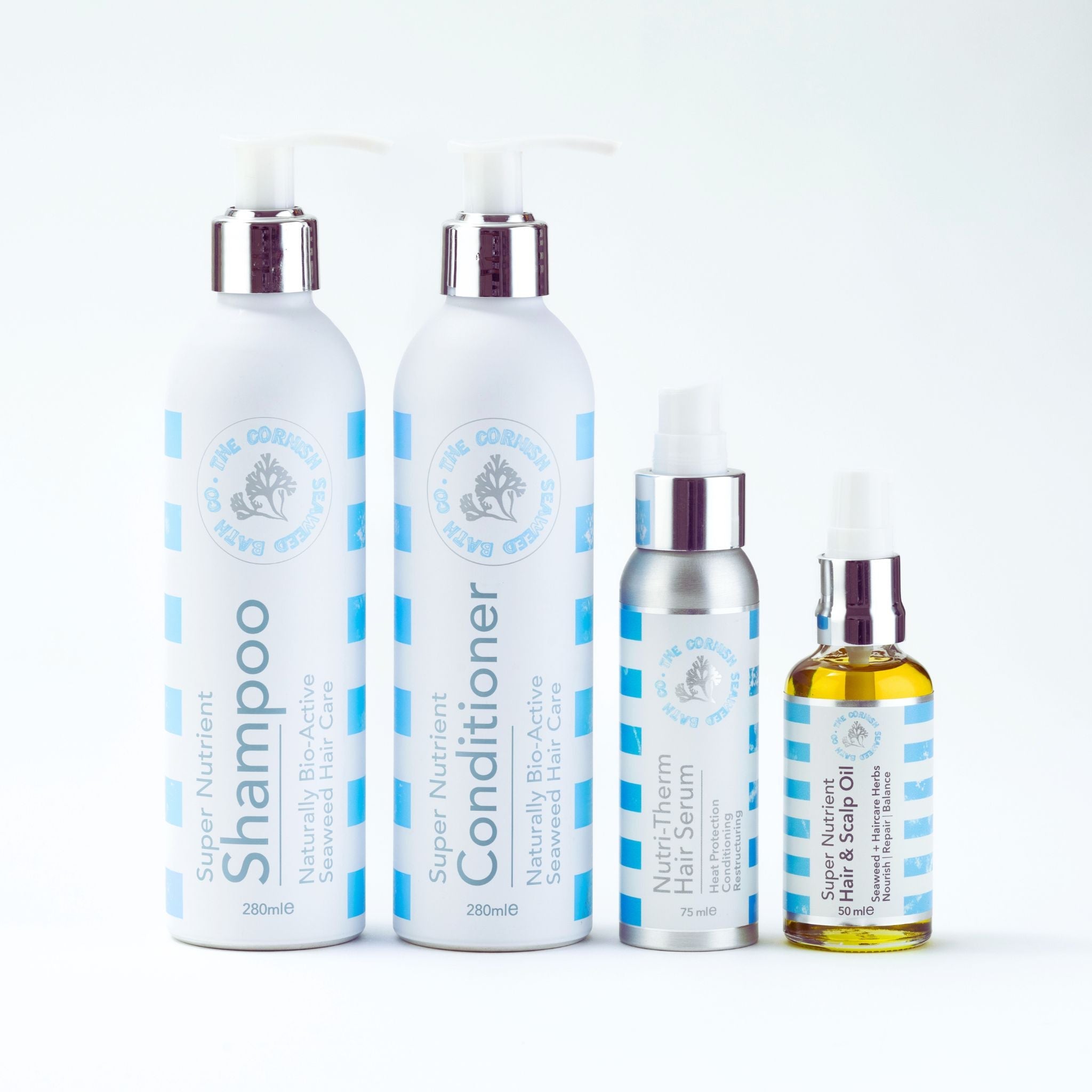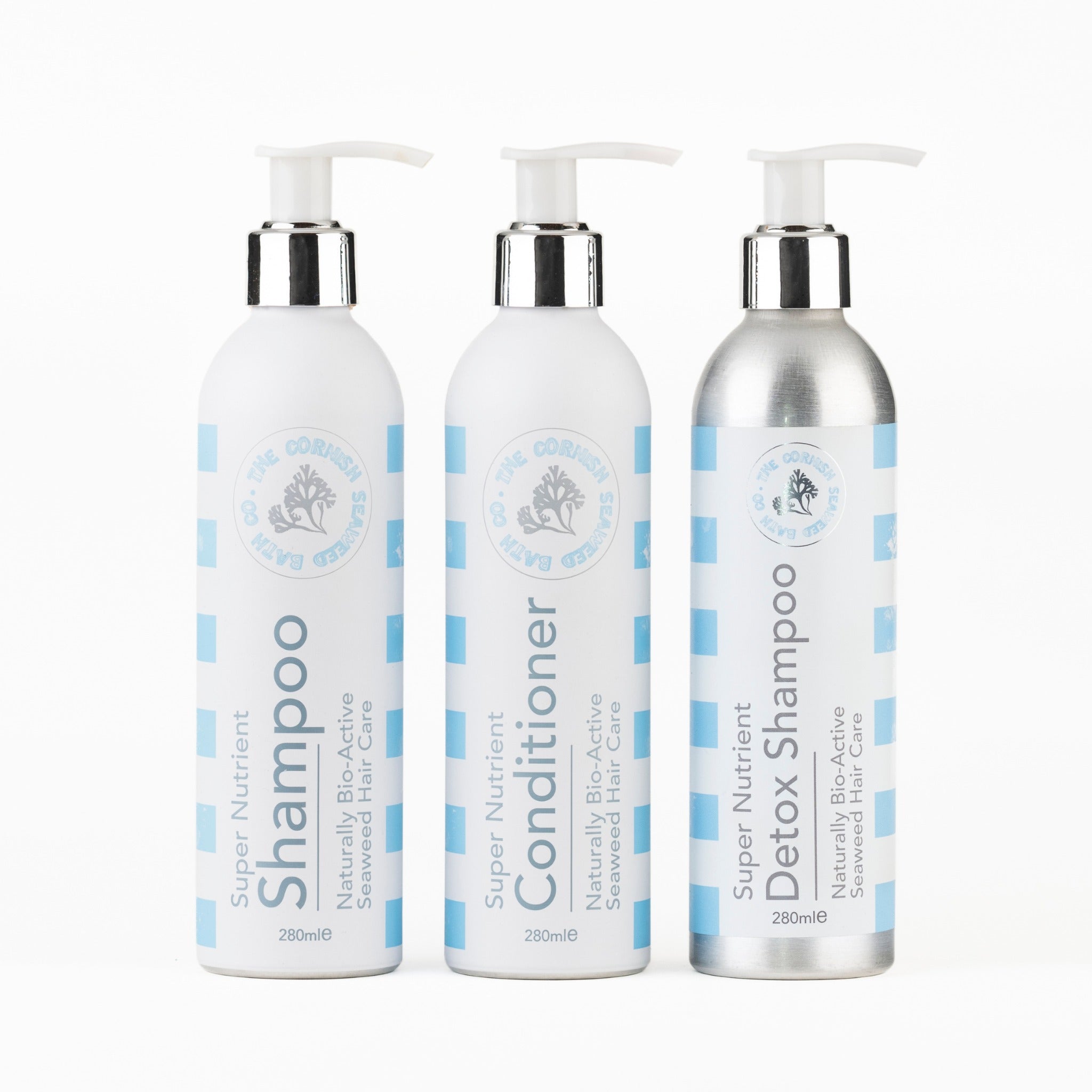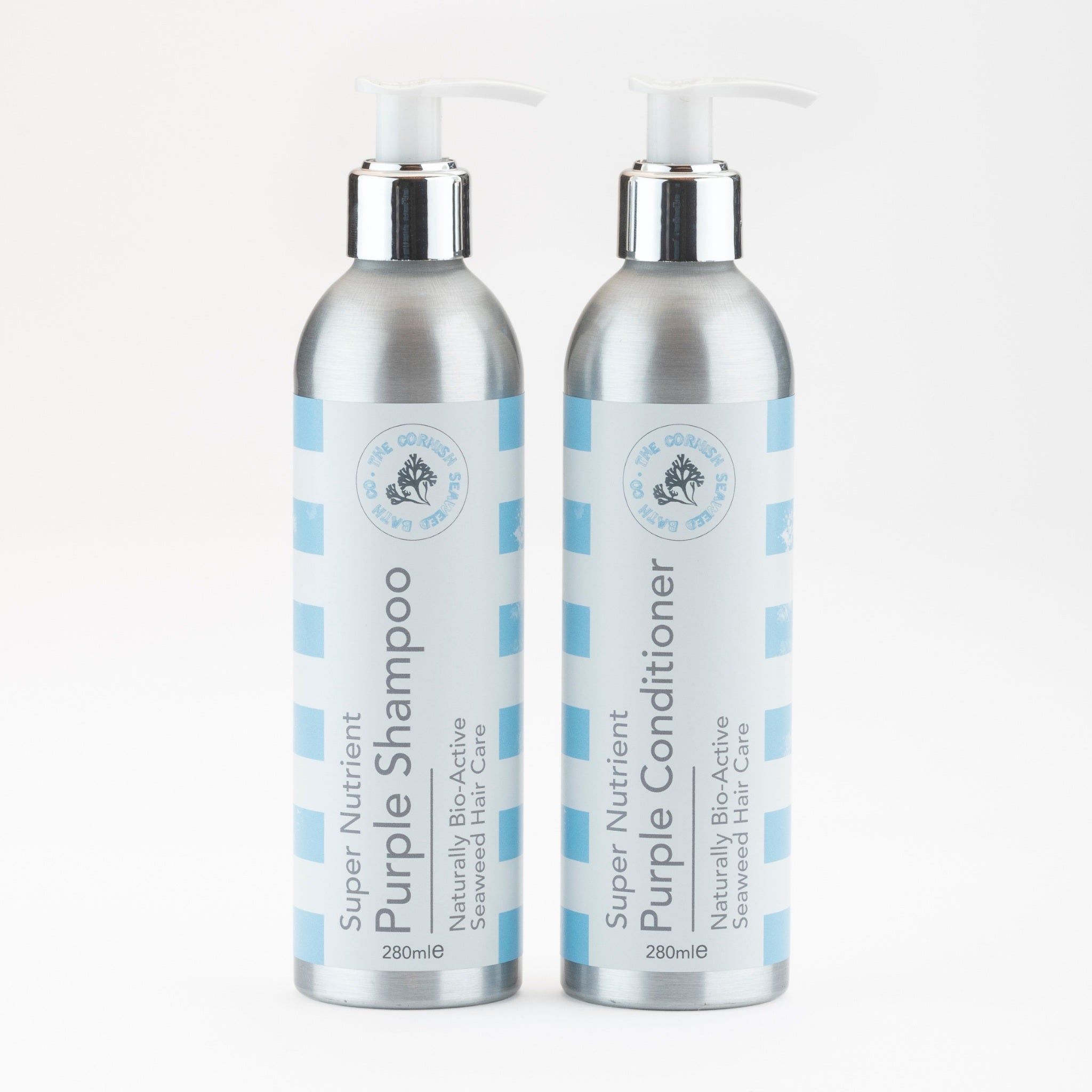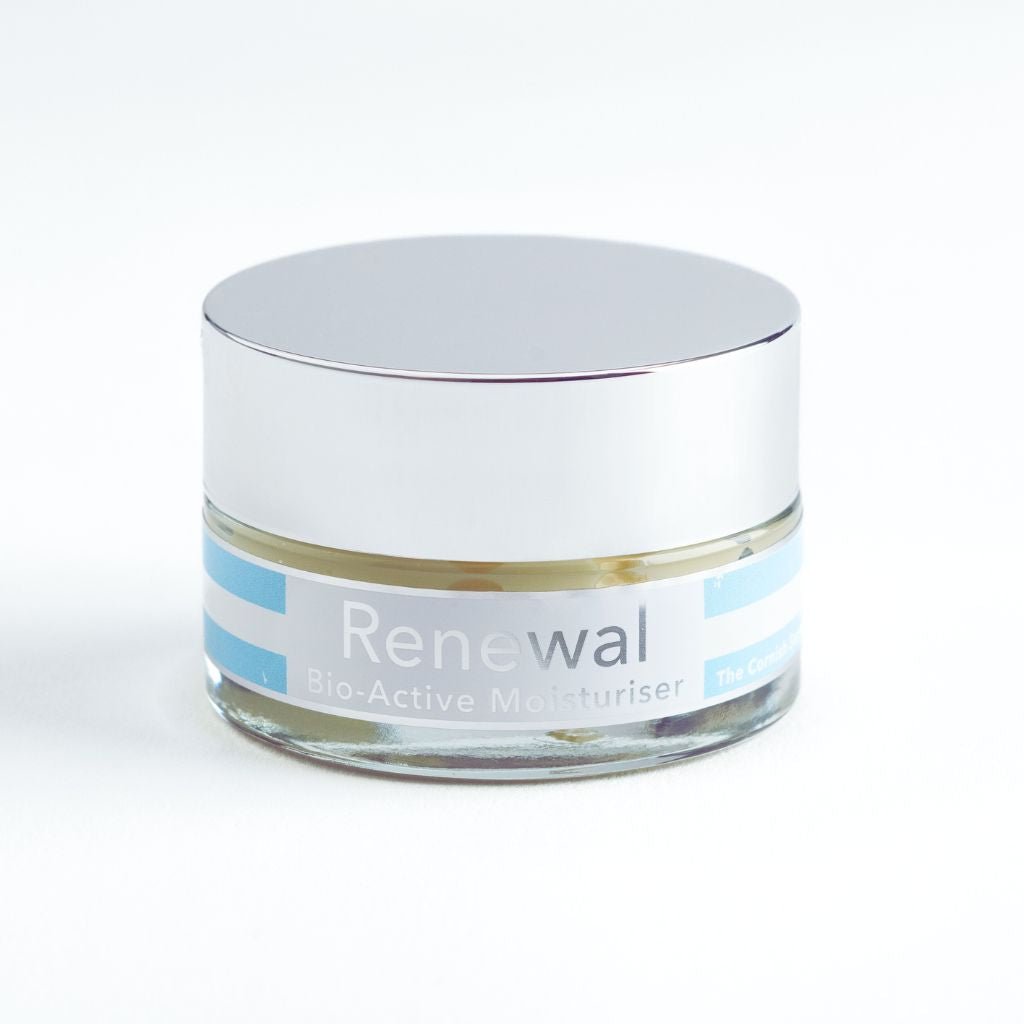Key Takeaways
- Your face receives more sun exposure than any other body part throughout the day.
- Choosing the best face sun protector involves more than just selecting the highest SPF.
- The ideal sun protector offers broad-spectrum defense while ensuring daily comfort.
- A good formula supports your skin's natural resilience effectively.
- The sun protector should integrate smoothly into your daily skincare routine.
Table of Contents
The Ultimate Guide to Finding the Best Face Sun Protector (2025)
Your face endures more sun exposure than any other part of your body, from morning commutes to afternoon walks along the coast. Yet finding the best facial sun protection requires more than grabbing the highest SPF number. The right formula balances broad-spectrum defence with daily comfort, supporting your skin's natural resilience whilst fitting seamlessly into your morning ritual. For a nourishing addition to your routine, explore The Coastal Facial Oil Set to complement your sun protection regimen.
Unlike body sunscreens, facial sun protectors must work beneath makeup, absorb without leaving white residue, and suit the delicate eye area. Whether you're drawn to mineral formulations that offer immediate protection or prefer lightweight chemical filters, understanding your options transforms sun care from obligation into nurturing self-care. If you're refining your skincare steps, you might also find this guide on face wash helpful for building a complete facial routine.
This guide examines what makes a face sun protector truly effective, comparing formulation approaches and textures to help you choose with confidence. We'll explore how different skin types benefit from specific ingredients, address common concerns like pilling or greasiness, and spotlight sustainable practices that protect both your skin and the environment.
What Is a Face Sun Protector?
Defining the Role of a Face Sun Protector
A face sun protector is a specialised formulation designed to shield facial skin from ultraviolet radiation whilst accommodating the unique needs of this delicate area. These products encompass everyday facial sunscreens, mineral filters using zinc oxide or titanium dioxide, chemical absorbers like avobenzone, and hybrid formulas combining both approaches.
Facial skin requires targeted protection due to its thinner structure compared to body skin, particularly around the eyes and lips. Your face receives consistent UV exposure during daily activities: walking to work, sitting near windows, or enjoying outdoor meals. This constant exposure, combined with facial skin's increased sensitivity and tendency toward pigmentation, creates distinct protection requirements that general body sunscreens cannot adequately address.
How Face Sun Protectors Work
Face sun protectors employ two primary mechanisms to prevent UV damage. Chemical filters absorb UV radiation and convert it to heat, requiring 15-30 minutes after application to reach full effectiveness. These include avobenzone for UVA protection and octinoxate for UVB defence, creating an invisible barrier that works within the skin's surface layers.
Mineral filters create a physical barrier that immediately reflects and scatters UV rays upon application. Zinc oxide and titanium dioxide sit on the skin's surface, offering broad-spectrum protection without chemical absorption. Understanding UVA versus UVB rays helps clarify protection needs: UVA penetrates deeper, causing premature ageing and pigmentation, whilst UVB primarily causes sunburn and surface damage.
UV Protection Quick Reference
- UVA rays: Deeper penetration, ageing, pigmentation (320-400nm wavelength)
- UVB rays: Surface burning, immediate redness (280-320nm wavelength)
- Broad-spectrum: Protection against both UVA and UVB radiation
Why Sun Protection Is Essential For Your Face

Health Risks of Unprotected Sun Exposure
Facial sun damage accumulates silently, with consequences extending far beyond temporary sunburn. Research indicates that 80% of visible facial ageing results from UV exposure, manifesting as fine lines, uneven pigmentation, and loss of skin elasticity. The face receives up to five times more UV exposure than other body areas during routine activities, making consistent protection crucial for long-term skin health.
In the UK, skin cancer rates have increased by 45% over the past decade, with facial areas, particularly the nose, cheeks, and forehead, representing common sites for both melanoma and non-melanoma skin cancers. Daily UV exposure, even during overcast conditions, contributes to DNA damage that compounds over years. Hyperpigmentation, commonly called age spots, develops from repeated UV exposure triggering excess melanin production, creating persistent dark patches that resist conventional skincare treatments.
Positive Outcomes of Sun Protection
Consistent use of your chosen high performing facial sun protection delivers measurable benefits within months. Studies demonstrate that daily SPF 30 application reduces new age spot formation by 40% and prevents deepening of existing fine lines. Your skin's natural repair mechanisms function more effectively when protected from ongoing UV stress, supporting collagen production and maintaining barrier integrity.
Beyond physical benefits, establishing a protective routine creates psychological comfort, the confidence of knowing your skin is shielded during unexpected sun exposure. Consider a typical week: morning coffee on the patio, lunchtime walks, weekend gardening, or coastal drives. Each moment represents cumulative exposure that, when unprotected, contributes to premature ageing. With proper protection, these same activities become opportunities for mindful outdoor enjoyment without compromising skin health.
Core Qualities of the Best Face Sun Protector
Broad-Spectrum Defence (UVA + UVB)
Broad-spectrum protection represents the foundation of effective facial sun care, ensuring defence against both UVA and UVB radiation. In the UK, look for products displaying the UVA star rating system (up to 5 stars) alongside SPF numbers, or the UVA circle logo indicating compliance with EU standards. These markings confirm that UVA protection equals at least one-third of the stated SPF value.
Without broad-spectrum coverage, you receive incomplete protection that allows deeper UVA penetration whilst blocking surface-burning UVB rays. This creates a false sense of security, your skin won't burn, but UVA rays can still accelerate ageing and pigmentation. For more on keeping your skin hydrated and healthy, see our article on moisturiser and how it supports your daily skincare routine.
Types of Face Sun Protectors – Chemical, Mineral, Hybrid
Chemical Sun Protectors
Chemical sun protectors absorb seamlessly into your skin, creating an invisible protective layer that works well under makeup or facial oils. These formulations typically feel lighter and less noticeable during wear, making them popular for daily use amongst those who prefer minimal texture. For a radiant finish, consider pairing your sun protection with facial oils that nourish and support your skin barrier.
The primary advantage lies in their cosmetic elegance, no white residue, quick absorption, and compatibility with other skincare products. However, some individuals experience sensitivity to chemical filters, particularly avobenzone or octinoxate, which can manifest as stinging, burning, or contact dermatitis.
Mineral (Physical) Sun Protectors
Mineral sun protectors provide immediate broad-spectrum protection without requiring absorption time, making them ideal for spontaneous outdoor activities or sensitive skin that reacts to chemical filters. Zinc oxide and titanium dioxide create a physical barrier that reflects UV radiation away from your skin.
The characteristic white cast occurs because mineral particles scatter visible light along with UV rays. Modern micronised formulations reduce this effect significantly, and proper application technique, working the product in thoroughly with gentle patting motions, minimises visible residue whilst maintaining protection.
Hybrid Sun Protectors
Hybrid formulations combine mineral and chemical filters to optimise both protection and wearability. These products typically use zinc oxide for reliable broad-spectrum coverage alongside chemical filters that enhance transparency and reduce white cast.
This approach suits individuals seeking comprehensive protection without compromising daily comfort. The mineral component provides immediate protection whilst chemical filters improve the sensory experience, creating a balanced solution for consistent long-term use.
To learn more about natural ways to care for your skin, check out five ways to use seaweed to care for your skin health.
How to Choose the Best Face Sun Protector for Your Skin Type

For Oily or Acne-Prone Skin
Oily skin benefits from lightweight, non-comedogenic formulations that won't exacerbate existing congestion or create additional shine throughout the day. Look for gel-based or fluid textures that absorb quickly without leaving a greasy residue that can trap sebum and bacteria in your pores. For a gentle, nourishing option, try The Coastal Facial Oil Set as part of your routine.
If you experience breakouts after introducing a new sun protector, discontinue use and consider whether the formulation contains pore-clogging ingredients. Zinc oxide-based mineral formulations often suit acne-prone skin because they provide anti-inflammatory benefits whilst protecting against UV damage that can worsen post-inflammatory hyperpigmentation.
For Dry or Sensitive Skin
Dry or sensitive skin requires gentle formulations that provide hydration alongside protection, preventing the tight, uncomfortable feeling that some sun protectors can create. Cream-based formulations with moisturising ingredients like glycerin, hyaluronic acid, or ceramides support your skin barrier whilst delivering UV protection.
Avoid products containing alcohol, fragrance, or essential oils, which can irritate sensitive skin or exacerbate dryness. Allow 2-3 minutes between applying your regular moisturiser and sun protector to prevent pilling or uneven coverage that compromises protection. For more tips on facial hydration, see our post on face moisturiser.
For Richer Skin Tones
Richer skin tones may experience more noticeable white cast from mineral sun protectors, making careful product selection and application technique essential for comfortable daily wear. Tinted formulations or those specifically formulated for deeper skin tones reduce visible residue whilst maintaining broad-spectrum protection.
Iron oxides in tinted sun protectors provide additional protection against visible light and blue light exposure, which can contribute to hyperpigmentation in melanin-rich skin. These formulations serve dual purposes, UV protection and light coverage that enhances your natural skin tone.
For Activity, Swimming or Outdoor Exercise
When engaging in outdoor activities, swimming, or exercise, opt for water-resistant sun protectors that maintain their effectiveness despite sweat or water exposure. For more detailed information on sunscreen efficacy and safety, refer to this FDA resource on how sunscreen helps protect your skin from the sun.
For a deeper dive into the science behind sun protection, you may also find this peer-reviewed article on sunscreen and skin health valuable.
Frequently Asked Questions
What are the key differences between chemical, mineral, and hybrid face sun protectors?
Chemical sun protectors absorb UV rays through organic compounds, offering a lightweight feel but sometimes requiring time to become effective. Mineral sun protectors use physical filters like zinc oxide or titanium dioxide to reflect UV rays immediately, often suitable for sensitive skin. Hybrid formulations combine both methods to balance immediate protection with a lighter texture.
Why is broad-spectrum protection important in a face sun protector, and what does SPF 30+ signify?
Broad-spectrum protection guards against both UVA and UVB rays, which can contribute to skin ageing and damage. SPF 30+ indicates the level of protection against UVB rays, meaning it filters approximately 97% of UVB radiation, helping to reduce the risk of sunburn and support skin resilience during daily exposure.
How can I choose the best face sun protector for my specific skin type and daily skincare routine?
Consider your skin’s sensitivity, oiliness, and any concerns like dryness or sensitivity when selecting a sun protector. A lightweight, non-comedogenic formula suits oily or combination skin, while nourishing oils can benefit drier skin. Ensure the product integrates smoothly with your existing skincare and makeup, avoiding residue or pilling for comfortable daily wear.
What ingredients should I look for in a face sun protector to ensure it is lightweight, non-comedogenic, and suitable for use under makeup?
Look for formulations containing gentle oils like jojoba or sunflower oil, which support hydration without clogging pores. Antioxidants such as vitamin E can enhance skin defence, while lightweight botanical extracts help maintain comfort. Avoid heavy emollients to ensure the sun protector absorbs well and layers seamlessly beneath makeup.
A picture tells a thousand words: out of necessity, some images in this blog post have been created using artificial intelligence models. This is to help us bring to life & more comprehensively express the written content within this post. We only using artificially generated images when we don’t have a suitable image available to us.
 Christmas Gifts!
Christmas Gifts!



